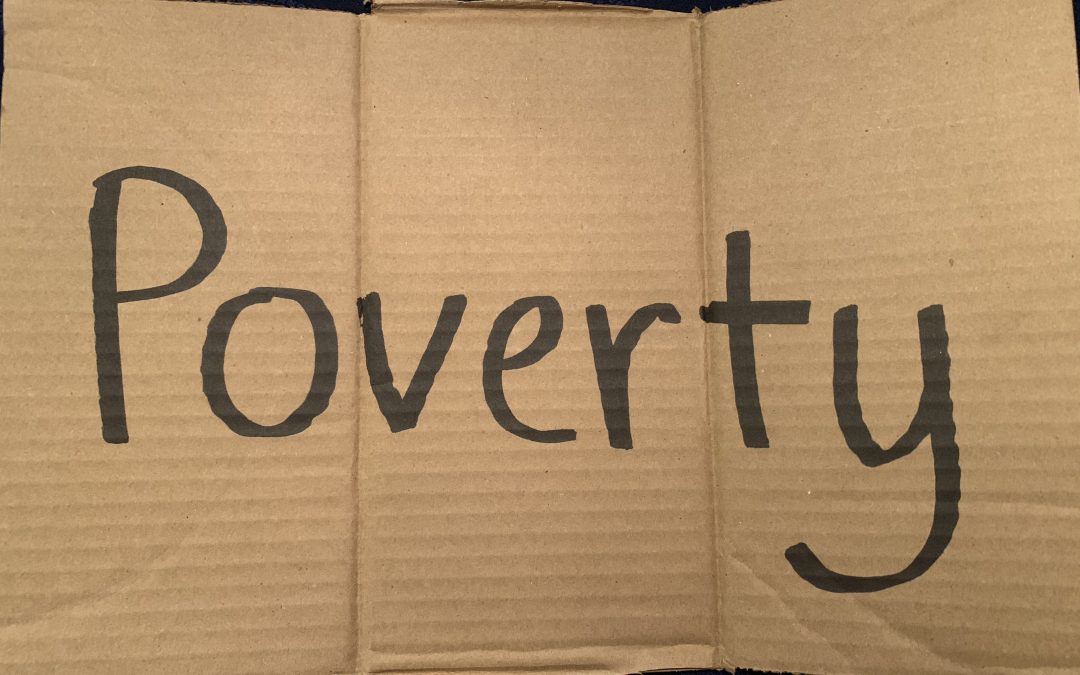“Of all the preposterous assumptions of humanity over humanity, nothing exceeds most of the criticisms made on the habits of the poor by the well-housed, well- warmed, and well-fed.”
— Herman Melville
It is next to impossible to speak about homelessness without hinting at its relationship with poverty. While for some, the sudden plunge into homelessness came out of nowhere, most cases are a more gradual descent from poverty to the streets. If we can understand the dynamics of poverty in the US, we will have a solid framework from which to understand homelessness. We can understand just how blurry the line is between the two.
What does poverty mean to you? We likely all have different preconceptions around this term, but they probably revolve around a lack of a basic standard of living. Since this is most easily calculated through income, let us begin with the economic side: In 2016, the poverty threshold — also known as the poverty line — for an individual was $12,228. For two people, the weighted average threshold was $15,569. Three people: $19,105. Four people: $24,563. What’s worse: 6.7% of the population — or 21.3 million people — live in deep poverty, with incomes below 50% of their poverty thresholds. 29.8% of the population — or 95 million — live close to poverty, with incomes less than two times that of their poverty thresholds.
Which groups of society are most susceptible to poverty? 40 million Americans live below the poverty line; a population that includes people working at minimum wage (even holding down several jobs), seniors living on fixed incomes, wage earners suddenly out of work – even millions of families everywhere from our cities to rural communities. There are over 15 million kids living in poverty — that is 1 in every 5 children. Likewise, the senior poverty rate is 14.5 percent.
Poverty is very much a racial issue. According to 2016 US Census Data, the highest poverty rate by race is found among Native Americans (27.6%), with African Americans (26.2%) having the second highest poverty rate, and Hispanics (of any race) having the third highest poverty rate (23.4%). Whites had a poverty rate of 12.4%, while Asians had a poverty rate at 12.3%.
With the line between poverty and homelessness so thin, often it only takes an illness, injury, loss of a job, domestic issue, or month of missed rent to cause even entire families to be forced to survive on the streets. Perhaps the most heart-melting realization about poverty, however, is the fact that it is an aspect of a system that functions off of its persistence. Our battle against poverty is not merely finding the funds to eradicate it, but working to halt the institutions who benefit from keeping people impoverished. Institutional racism and classism, corporations who profit off the poor and exploitable, and an economic system that buries alive those at the bottom of the pyramid are just a few of these institutions. The battle is not only monetary — it is un-tethering justice from a system that profits off of injustice.


Recent Comments